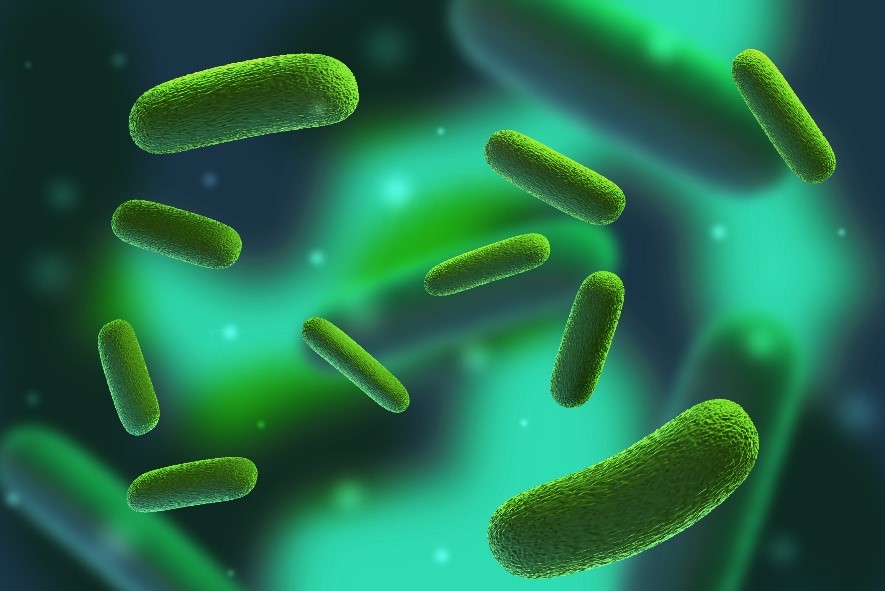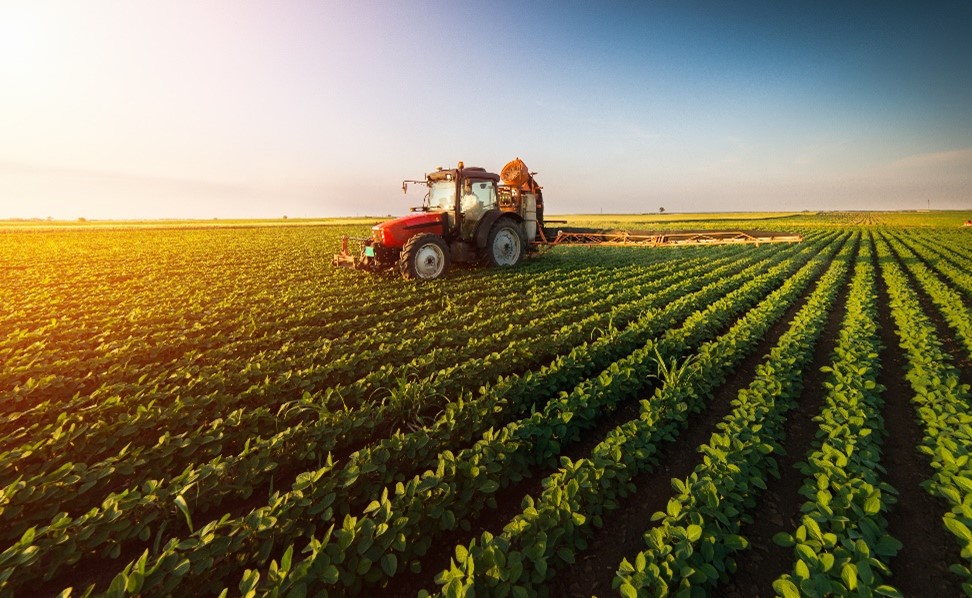Published: 21/02/24 09:48 Categories: Microbiology
Agriculture is a basic cornerstone of society, supplying both food and a wide variety of raw materials. Also, due to the increase in population, the demand for the products is higher as well.
This has made it necessary to seek different ways to improve production yields, shorten cultivation times and take advantage of previously inaccessible land.
The main method of increasing plant capacities consisted of using large quantities of chemical fertilizers, resulting in contamination of nearby waters, salt burns on the plants and significant alterations to the ecosystem. In recent years, the use of organic compounds has been increasingly promoted to reduce the consumption of chemical products. Among all the options, we Condalab would like to emphasize biostimulants.
Microorganisms as fertilizer
Biostimulants are microorganisms, or their derivatives, which stimulate the natural processes of plants, providing multiple benefits:
- They favor the absorption and assimilation of nutrients in the soil.
- They regulate the hormonal status of the plant, boosting growth and development.
- Protect from abiotic stress, caused by harmful levels of soil moisture, temperature, salinity, pH and metals.
- Improve agrifood properties

Biostimulants are comprised of fungi, bacteria and their active metabolites. Fungi are usually mycorrhizal, that is, they live in symbiosis with plants in their roots, increasing the root surface and enhancing the absorption of nutrients and water.
Bacteria, mainly those related to the rhizosphere, favor mineral uptake and stimulate resistance against abiotic stress. Active metabolites are the substances secreted by the microorganisms that create favorable effects.
It should be emphasized that biostimulants should not include plant hormones or compounds with direct effects on health management or that actively inhibit the growth of pathogens. Nor should they be confused with organic mixtures that act as a source of nutrients.

The features that distinguish them are their high absorption rate, the ability to easily enter plant tissues, the stimulation of gene expression, affecting hormone signaling or metabolic regulation, and the low doses required, in dilutions of approximately 0.25%.
The primary methods of administering biostimulants are summarized in the follicular route, as added in irrigation or inoculated into the seed during planting.
How far this technology extends
Europe is the world's leading consumer of biostimulants. Consumption is expected to reach 1.58 billion USD by 2024, and demand is expected to continue to grow for at least the following 5 years.
The type of crop that can be supplemented is highly varied, but the most common in order of consumption are:
- Basic necessities such as cereals and grains, e.g. corn, wheat, and rice
- Fruit trees: the development of a fleshy fruit requires a large amount of energy, so the use of these stimulants greatly enhances its growth.
- Short cycle vegetables, such as lettuce, beets or spinach.
Both the microorganisms and their metabolites are not created in a chemical plant, but rather through bioreactors. In order to achieve the desired cell density, the culture medium must be calibrated with the appropriate ingredients.
The best way to produce them
Condalab offers a wide range of bioingredients to fine-tune the media. Each type of peptone or extract may have a different impact depending on the microorganism of interest, but generally speaking, few produce growth equal to that of yeast extract.
Yeast extract, autolysate of Saccharomyces cerevisiae, is rich in amino acids, growth factors and B vitamins and is ideal for increasing cell density in bioprocesses. This hydrolysate has shown its positive effects on the most common microorganisms in agrobiotechnology in multiple situations.
Biostimulants have already become essential to increase yields and quality in agricultural crops, and meeting the growing demand can only be achieved with the best ingredients. If you would like to know more, you can find more information in our bioprocess brochure.

 Food fraud: How do we detect it?
Food fraud: How do we detect it?
 Visit Us at MEDICA 2025 – Discover Our Precise Detection Solutions
Visit Us at MEDICA 2025 – Discover Our Precise Detection Solutions
 PCR: The Technique Revolutionizing Rapid Detection in the Food Industry
PCR: The Technique Revolutionizing Rapid Detection in the Food Industry
 How Culture Media Ensure the Safety, Efficacy, and Quality of Medicines
How Culture Media Ensure the Safety, Efficacy, and Quality of Medicines
 Meeting us at MEDLAB MIDDLE EAST 2025
Meeting us at MEDLAB MIDDLE EAST 2025